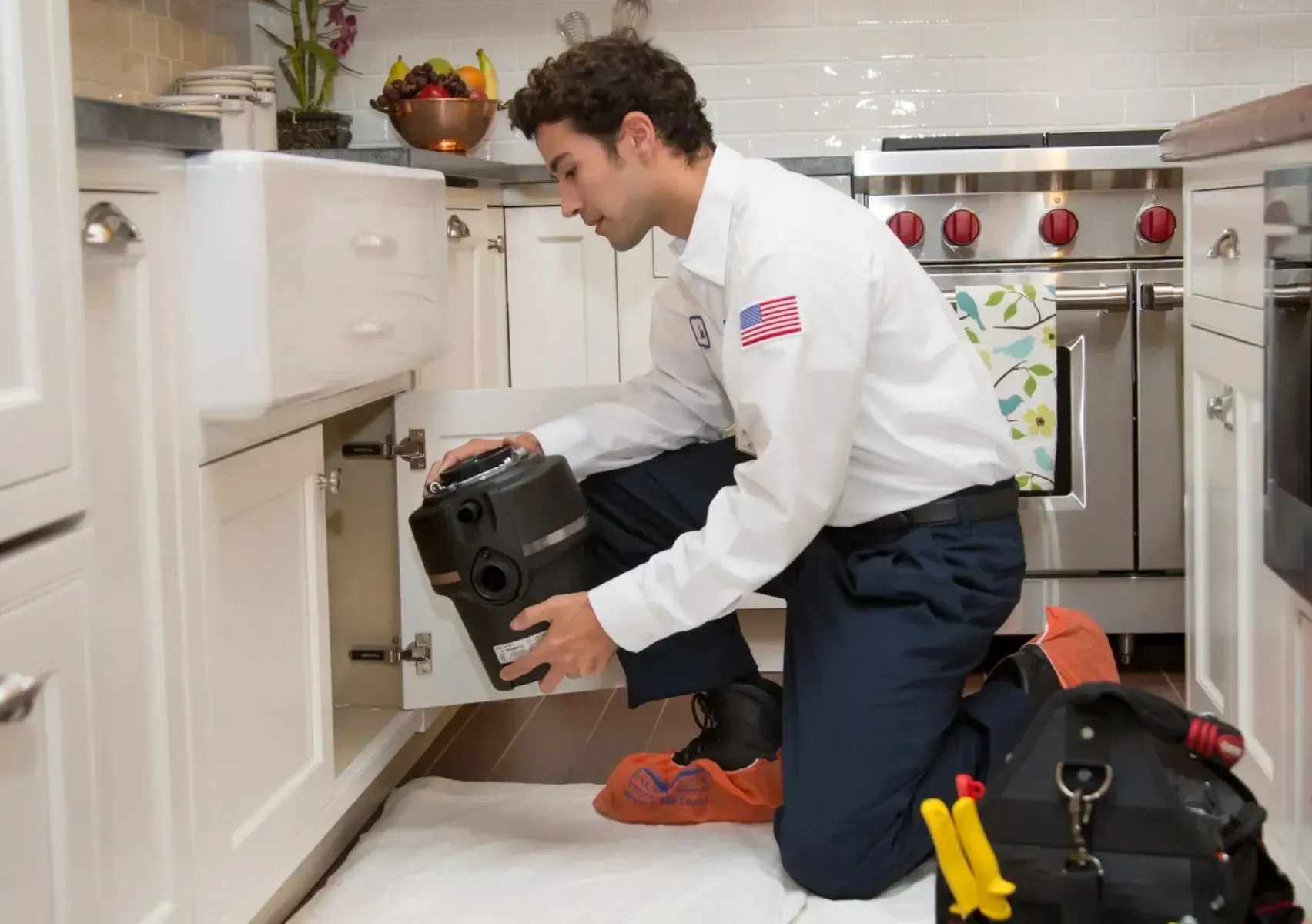A washing machine is a dependable babysitter for the responsibilities you don’t have time for. Load the clothes, add the detergent, close the lid, press start, and it’ll call when it’s finished – unless it shuts off halfway through the wash process. What happens when a washer stops mid-cycle? While a defective part could be at play, your washer stopping mid-cycle could result from a user error that can be fixed with some troubleshooting.
Washer Stops Mid Cycle? Let’s Solve It.
When your washer stops during a cycle, it leaves undrained water, sudsy clothes, and feelings of frustration. The culprit can be anything from a defective lid switch assembly to a closed drain hose. Let’s crack open the DIY playbook and reroute your washer on a smooth sailing course.
Inadequate Power Source
Before tunneling too deep in the problem-solving process, confirm first that your unit has proper power supply from a reliable source.
- Avoid extension cords as they can’t handle the amount of energy required to maintain a consistent connection for the wash cycle duration.
- Verify any light switches that may control electrical outlets are on.
- Confrim the circuit breaker box contains no tripped breakers. To reset the breaker box, turn off the appropriate switch for 5 seconds before turning it back on.
- Test the outlet in question with another electronic device that you know works to see if the outlet is functioning properly.
Malfunctioning Lid Switch
One of the most common reasons why a washer stops mid-cycle is a failure from the lid switch. As a safety feature, the lid switch prevents a washer cycle from continuing if the lid isn’t completely shut. Even if the lid is closed, your washer won’t start if the lid switch is broken.
To verify the lid switch is in working order, listen for a click when you shut the washer lid. If you don’t hear the click, the lid switch could bear the blame and should be replaced.
Defective Water Inlet Valve
During your washer’s rinse cycle, the water inlet valve opens to allow water to flow through the washtub. If the valve reads that the water level is insufficient, it prevents water from advancing to the tub and the washer won’t change cycles. This could be a result of your water inlet valve either being faulty or experiencing a blockage.
To see if this is why your washer stops mid-cycle, try first removing build-up from the wall inlets to see if that engages a successful flow. If not, use a multimeter to determine whether the water inlet valve has malfunctioned and replace if necessary.
Broken Timer
Your washer’s timer not functioning correctly could also be why your washing machine stops mid-cycle. The timer signals the washer to advance to the next cycle. If the timer goes on the fritz, the washer won’t change cycles due to lack of communication between the timer and washer. Test the timer’s continuity with a multimeter. If no continuity is displayed, a replacement timer is required.
Faulty Main Control Board
Though a defective control board is rarely indicative of a washer stopping mid-cycle, it’s not unheard of. If your washer has power, but nothing is displayed on the control board, a replacement control board might solve the problem.
Though the timer is sending correct signals, the control board may not be processing them accurately. While it may be rare, a busted control board can lead to problems ranging from the timer not working to the tub not agitating.
If you’ve exhausted our DIY suggestions and still your washer stops during a cycle, it’s time for a professional diagnosis. For any washing machine issues, contact the washer repair Birmingham experts at Fix Appliance Repair !



